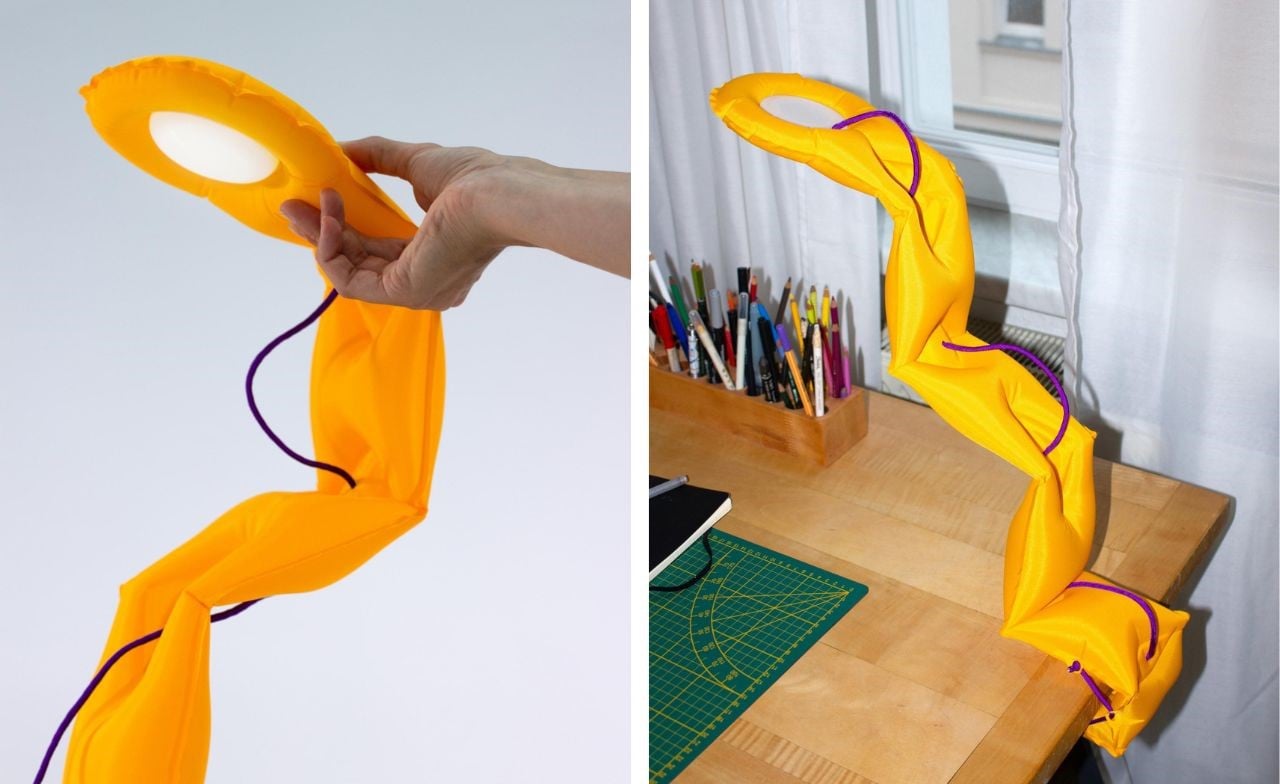#This Raspberry Pi Xylophone Can Play Itself – Review Geek

“#This Raspberry Pi Xylophone Can Play Itself – Review Geek”

When you are interested in both robotics and music, something interesting is bound to come out of it. That’s exactly the case for YouTuber HalStar, who tinkered with Raspberry Pi and ended up building this remarkable (and talented) self-playing xylophone.
HalStar, whose real name is Stéphane, originally set out to learn more about robotics and to gain some hands-on experience with a variety of mechanical parts, including one they had never used before: solenoids. Stéphane also wanted to further explore Raspberry Pi. And if the resultant product also reflected their interest in music? All the better.
So, Stéphane ended up creating a self-playing xylophone that can play tons of MIDI files. And yes, the instrument is technically called a glockenspiel because the bars are made of metal (whereas those of a xylophone are made of wood), but Stéphane chose to call it a xylophone as more people recognize that instrument.
Stéphane limited the design in two ways: by only including parts that could all be easily obtained from the local DIY store, and to only use regular modules wherever possible. If you look closely, you won’t see a mess of wires or a breadboard or a custom PCB.
In the introductory video above, the parts used are listed out. There’s a Raspberry Pi 0 WH, a 220V input—5V/3.3V logic, 32 12V solenoids, a two-inch 54 color LCD screen, three rotary/click buttons, and an interactive debug console. It’s also capable of reading thousands of MIDI files. Each of the three rotary knobs serve a different purpose as well. One is for track selection, another for tempo selection, and the third for mode selection.
The setup can play “softer” notes, or it can be set to strike the bars harder for a brighter and more percussive sound (just like actual percussionists do). And as we can see, the xylophone breezes through a variety of classical tunes, video game songs, holiday melodies, and more. Despite being limited to just 32 bars (notes), it handles each song like a pro.
In this second video, dubbed the “Details” video, Stéphane goes into more detail about the hardware and the console. There, all of the individual parts are clearly labeled, and we can see precisely where they sit along with each of the connections.
Want to create your own symphony of autonomous glockenspiels (who wouldn’t), you can look through the project shared on Stéphane’s GitHub page.
Source: Raspberry Pi
If you liked the article, do not forget to share it with your friends. Follow us on Google News too, click on the star and choose us from your favorites.
For forums sites go to Forum.BuradaBiliyorum.Com
If you want to read more like this article, you can visit our Technology category.




